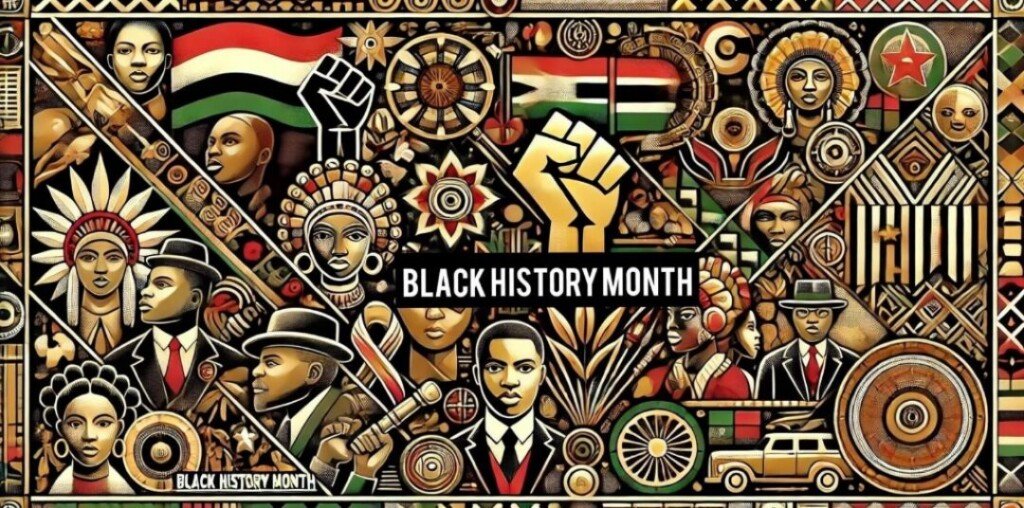Background
Black History Month originated from the efforts of historian Carter G. Woodson, often called the “Father of Black History.” In 1926, he and the Association for the Study of Negro Life and History launched Negro History Week to highlight African American achievements, choosing February to coincide with the birthdays of Abraham Lincoln (February 12) and Frederick Douglass (February 14), two key figures in the fight against slavery and racial injustice.
During the Civil Rights Movement of the 1960s, interest in Black history and culture grew. By 1976, the U.S. government officially recognized Black History Month, expanding the celebration to the entire month of February.
What Happened
Each year, Black History Month is observed in the United States, Canada (since 1995), and the United Kingdom (since 1987) to honor African American contributions to history, science, politics, and culture. Schools, institutions, and media outlets highlight the struggles and triumphs of figures like Martin Luther King Jr., Rosa Parks, Malcolm X, Harriet Tubman, and W.E.B. Du Bois.
Organizations such as the NAACP (National Association for the Advancement of Colored People) use this month to educate people about key events like the Underground Railroad, the Harlem Renaissance, the Civil Rights Movement, and the fight against segregation and discrimination. Universities, museums, and historical societies also conduct special exhibits and discussions to foster dialogue about racial justice and equality.
Impact for the Future
Black History Month ensures that the legacy of African Americans is not forgotten and serves as a platform for discussions about civil rights, systemic racism, and cultural identity. It has inspired movements worldwide to recognize and honor the contributions of marginalized communities in history.

